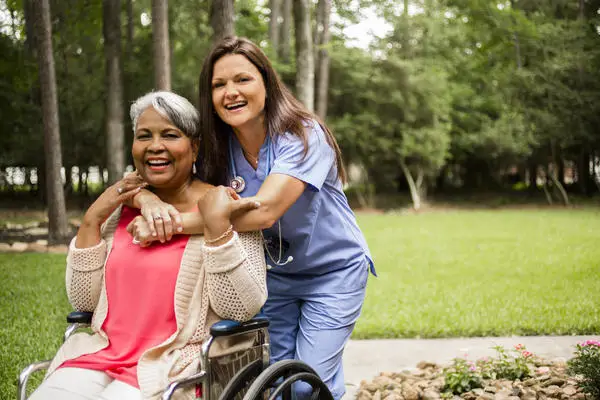
How Mobile Technology is Positively Impacting Elderly Care
It’s not such a secret that many things grow harder the older you get. Unfortunately, taking care of yourself is one of those things. Routine doctor appointments are an essential part of staying healthy —particularly for people of advanced age.
Mobile healthcare technology can help connect people with the care they need even when they are housebound. In this article, we take a look at how mobile technology is positively impacting elderly care.
The Problem
When people get to a certain age, medical care becomes a lot harder to get a hold of. That’s one of age’s most bitter ironies. You need more attention than ever, but getting it is challenging. You may not be able to drive yourself. People within your age group are most likely in the same situation. People outside your age group are busy with work.
Anyway, you don’t want to be a burden. So you don’t get care at all. That’s a common situation for elderly people who don’t have the means to seek the treatment they require.
Unfortunately, it’s a self-defeating cycle. The longer an elderly person puts off preventative care, the more likely it is they will experience a much more serious and demanding medical condition. And what comes next? More appointments that they can’t or won’t get to.
It’s a bad situation, but fortunately, there is a solution. Mobile health technology.
What is Mobile Health Technology?
There are different forms that this recent healthcare development can take. We will reflect on that a little bit more in a moment. The basic premise, however, is that it is there to allow people to get at least basic forms of healthcare without going all the way to the hospital.
Naturally, this can be life-changing, even life-saving for elderly people who were previously being denied care due to their lack of access. It’s also very useful in communities where access to care is difficult for other reasons.
For example, many rural areas are now taking advantage of mobile healthcare technology to compensate for the fact that they have short-staffed hospitals, or that they are serving a very large geographical area.
Healthcare Vehicles
Healthcare service vehicles go directly to patients. Serving essentially as a primary caregiver’s office on wheels, they feature sophisticated technology that allows the space to be adapted to whatever the doctor needs. This can include everything from private screening rooms, to waiting rooms for friends and family to sit.
These spaces aren’t usually used for advanced treatment paths, like surgery, but they can be great for simple preventative care appointments. And of course, the benefit for a home-bound elderly person is obvious. The care they need is delivered right to their door.
Healthcare Apps
Healthcare apps are another way that people connect with health services without ever leaving their homes. These devices allow the patient to submit questions to their physicians remotely. If the issue is deemed small enough, it may be handled entirely over the phone.
The benefits of this technology are severalfold. For the patient, it’s great to avoid taking two hours out of their day to see a doctor for five minutes — particularly when the issue in question is relatively small.
This is even more true for elderly people who may have to make significant efforts just to get to their appointments.
It’s also great for the hospital system. Many healthcare facilities are short-staffed and in over their head when it comes to meeting the needs of their community. When they need to handle dozens of minor, relatively unimportant appointments every day, those problems are only exaggerated.
Mobile healthcare technology absorbs many of the smaller issues, giving hospitals much more time to focus on bigger-picture stuff.
A Potential Downside?
If there is one disadvantage to mobile healthcare technology, it’s that it isn’t always accessible to the elderly population. People of a certain age tend to fall disproportionately on the wrong side of the digital divide.
That’s to say that they don’t always know how digital technology works. They won’t be well-equipped to use healthcare apps because they usually don’t even use a smartphone at all.
Of course, it’s possible to work around these obstacles. Outreach is a good first step. Volunteers, and supportive friends and family members can also be of assistance. Nevertheless, people will still fall through the cracks.
For healthcare networks, this means that constant effort will be required to help connect elderly patients with the in-person and remote care that they need to live healthy, social lives.